Improve Fire Response Safety With These 4 Tech Enhancements
May 09, 2024 by Jason Marvel, FlowMSP
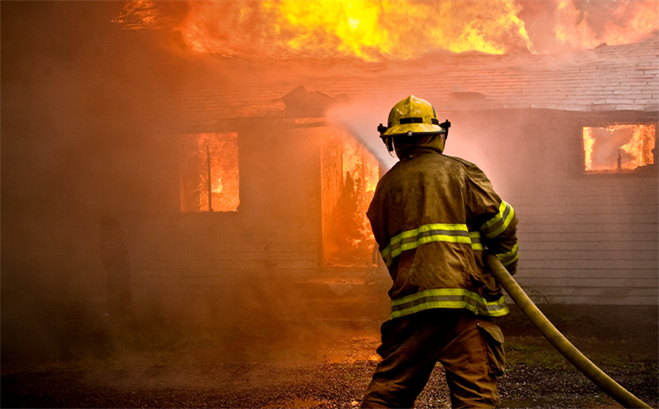
Historically, when formulating a plan of action for a fire response, incident commanders relied on information in three places:
- Building or property owners’ accounts
- A paper binder or map book
- Personal experience
These resources are valuable but provide an incomplete picture of a structure’s hazards. With advances in technology, incident commanders can build stronger, more complete foundations for decision-making.
1) Incident Notifications
Mobile data terminals (MDTs), tablets, or smartphones capable of receiving accurate incident notifications are paramount for an informed fire response.
Crews should have instant access to all incident-related details, such as:
- Incident location & type
- Victim description
- Known hazards
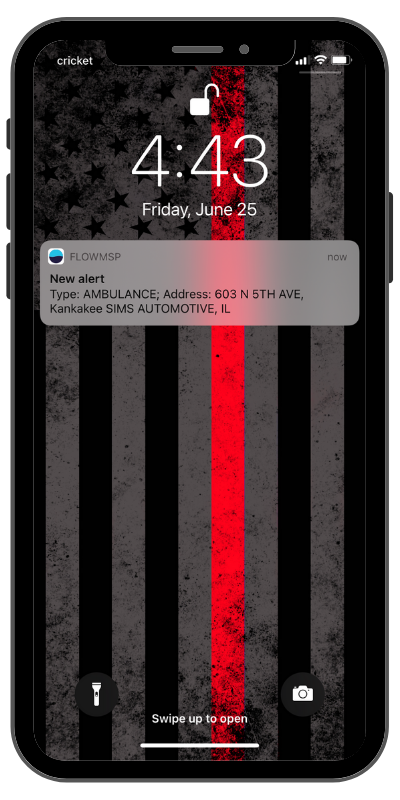
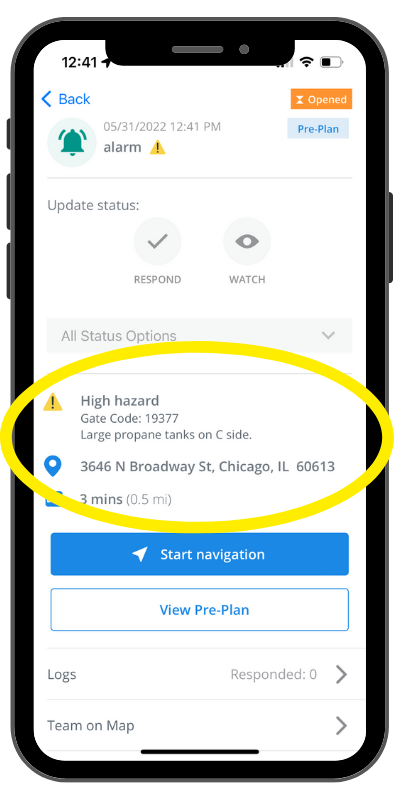
Additionally, high-hazard alerts give crews extra context for the severity of the incident.
Incident notifications reduce radio chatter, give crews, dispatch, and command staff access to the same information for a more coordinated response, and help crews prepare en route to a call.
2) Mapping & Routing
Historically, fire engineers referred to wall maps or map books when routing to an incident. With the rise of smartphones, most firefighters have access to dynamic mapping and turn-by-turn directions right in their pockets.
Satellite-based mapping applications with street views work well and are easily accessible, even for volunteers. However, fire response applications with built-in mapping capabilities give crews an additional leg-up by providing access to more pertinent information, like whether a railroad crossing is currently blocked by a train. These applications also reduce the amount of app-switching needed to access different pieces of information, which is especially vital during intense and fast-paced incident response.
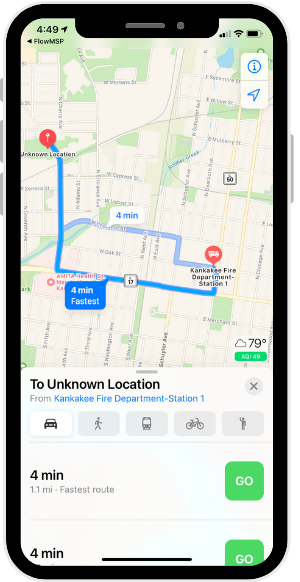
3) Water Supply Information
Fire personnel can make better decisions about which sources to tag first when they understand their water supply. Some factors include:
- How many water supply sources are located in the response area? Where are they located?
- What are the hydrant flow rates? Are there any hydrants that are out of service?
- How can the hydrants be located at night, in heavy smoke, or under snowfall?
Knowing the answers to these questions can shave minutes off a response time. Modern technology gives crews access to hydrant location and flow rates on a digital map. The records are easy to update when a hydrant goes in or out of service, so fire personnel always have the most accurate, up-to-date information.
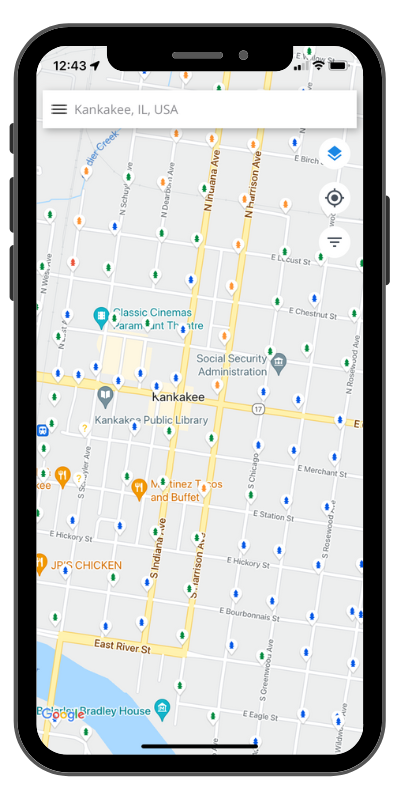
4) Pre-Incident Plans
Complete, accurate pre-plans are the gold standard in fire response. However, they’re historically time-consuming to create, maintain, and access. Because of these time and resource constraints, many departments aren’t able to maintain up-to-date pre-plans for every structure in their jurisdiction.
Technology has significantly decreased the time and resources needed to complete and maintain accurate pre-plans. Firefighters can create pre-plans in just minutes — rather than hours — with modern pre-planning tools like FlowMSP.
With accurate pre-plans on hand, incident commanders and crews can instantly access pictures, floor plans, building and owner contact information, and high-hazard notes en route.
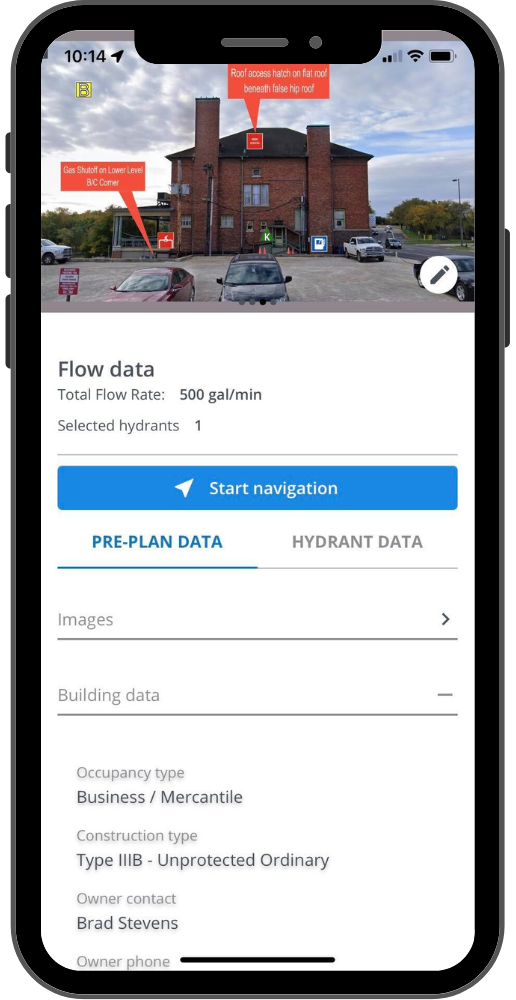
Modern Solutions for Modern Fire Departments
With modern technology, incident commanders no longer need to rely solely on memory, paper plans, or building owner accounts. Tools like FlowMSP give crews instant access to information that can improve safety and incident outcomes.
Interested in exploring modern fire technology? Visit FlowMSP’s website to learn more about the technology mentioned above, and check out Tyler’s suite of Fire & EMS solutions for more tools that can help crews arrive safer and better prepared.